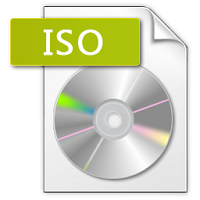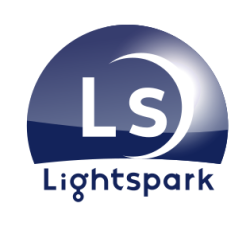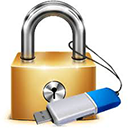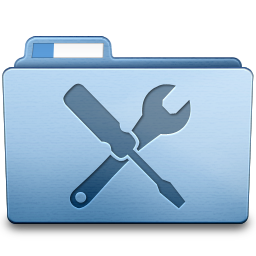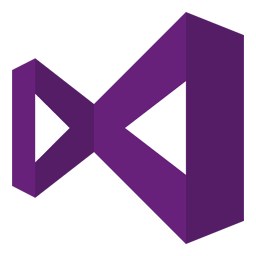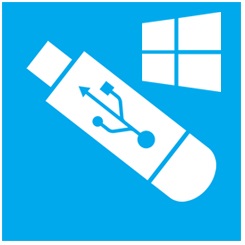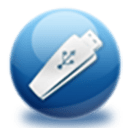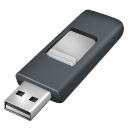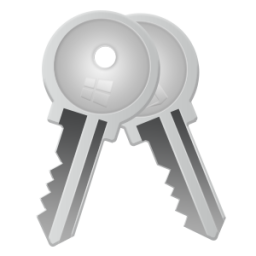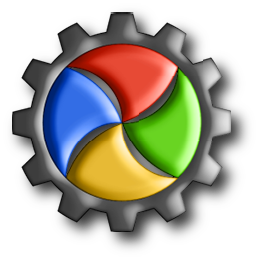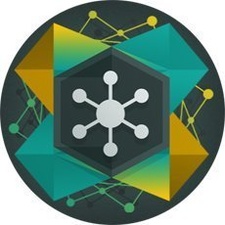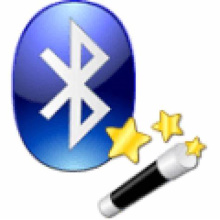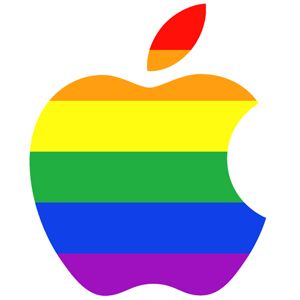CloneZilla Live 3 Free Download and offline installer for Windows 7, 8, 10. a small bootable GNU/Linux distribution for x86/amd64 (x86-64) based computers.
Overview of CloneZilla Live (Bootable GNU/Linux distribution)
Clonezilla Live is a small bootable GNU/Linux distribution for x86/amd64 (x86-64) based computers. Clonezilla SE (Server Edition) has been developed from 2004, and it is used to deploy many computers simultaneously. It is an extremely useful tool, however, it does have several limitations. In order to use it, you must first prepare a DRBL server AND the machine to be deployed must boot from a network (e.g. PXE/iPXE).
The primary benefit of Clonezilla Live is that it eliminates the need to set up a DRBL server ahead of time and the need for the computer being deployed to boot from a network. Clonezilla Live can be used to image or clone individual computers using a CD/DVD or USB flash drive. Though the image size is limited by the boot media's storage capacity, this problem can be eliminated by using a network filesystem such as sshfs or samba.
How to install Clonezilla Live:
For CD/DVD:
- Download an ISO file for CD/DVD. Then you can burn the iso file to a CD/DVD with any burnning program, such K3b on GNU/Linux or InfraRecorder on MS Windows, and remeber to choose "Burn Image" to burn the ISO file on the CD. The CD can then be used to boot the machine you want to image or clone. The step-by-step doc about using InfraRecorder to create Clonezilla live CD could be found here.
For USB flash drive or USB hard drive:
- To put Clonezilla live on a USB flash drive or USB hard drive, check this doc.
For hard drive:
- To put Clonezilla live on a harddrive with OS installed already, check this doc.
For PXE server:
- To put Clonezilla live on a PXE server and boot your client via PXE, check this doc.
Features of CloneZilla Live:
- Many File systems are supported: (1) ext2, ext3, ext4, reiserfs, reiser4, xfs, jfs, btrfs, f2fs and nilfs2 of GNU/Linux, (2) FAT12, FAT16, FAT32, NTFS of MS Windows, (3) HFS+ of Mac OS, (4) UFS of FreeBSD, NetBSD, and OpenBSD, (5) minix of Minix, and (6) VMFS3 and VMFS5 of VMWare ESX. Therefore you can clone GNU/Linux, MS windows, Intel-based Mac OS, FreeBSD, NetBSD, OpenBSD, Minix, VMWare ESX and Chrome OS/Chromium OS, no matter it's 32-bit (x86) or 64-bit (x86-64) OS. For these file systems, only used blocks in partition are saved and restored. For unsupported file system, sector-to-sector copy is done by dd in Clonezilla.
- LVM2 (LVM version 1 is not) under GNU/Linux is supported.
- Boot loader, including grub (version 1 and version 2) and syslinux, could be reinstalled.
- Both MBR and GPT partition formats of hard drive are supported. Clonezilla live also can be booted on a BIOS or uEFI machine.
- Unattended mode is supported. Almost all steps can be done via commands and options. You can also use a lot of boot parameters to customize your own imaging and cloning.
- One image restoring to multiple local devices is supported.
- Image could be encrypted. This is done with ecryptfs, a POSIX-compliant enterprise cryptographic stacked filesystem.
- Multicast is supported in Clonezilla SE, which is suitable for massively clone. You can also remotely use it to save or restore a bunch of computers if PXE and Wake-on-LAN are supported in your clients.
- The image file can be on local disk, ssh server, samba server, NFS server or WebDAV server.
- AES-256 encryption could be used to secures data access, storage and transfer.
- Based on Partclone (default), Partimage (optional), ntfsclone (optional), or dd to image or clone a partition. However, Clonezilla, containing some other programs, can save and restore not only partitions, but also a whole disk.




